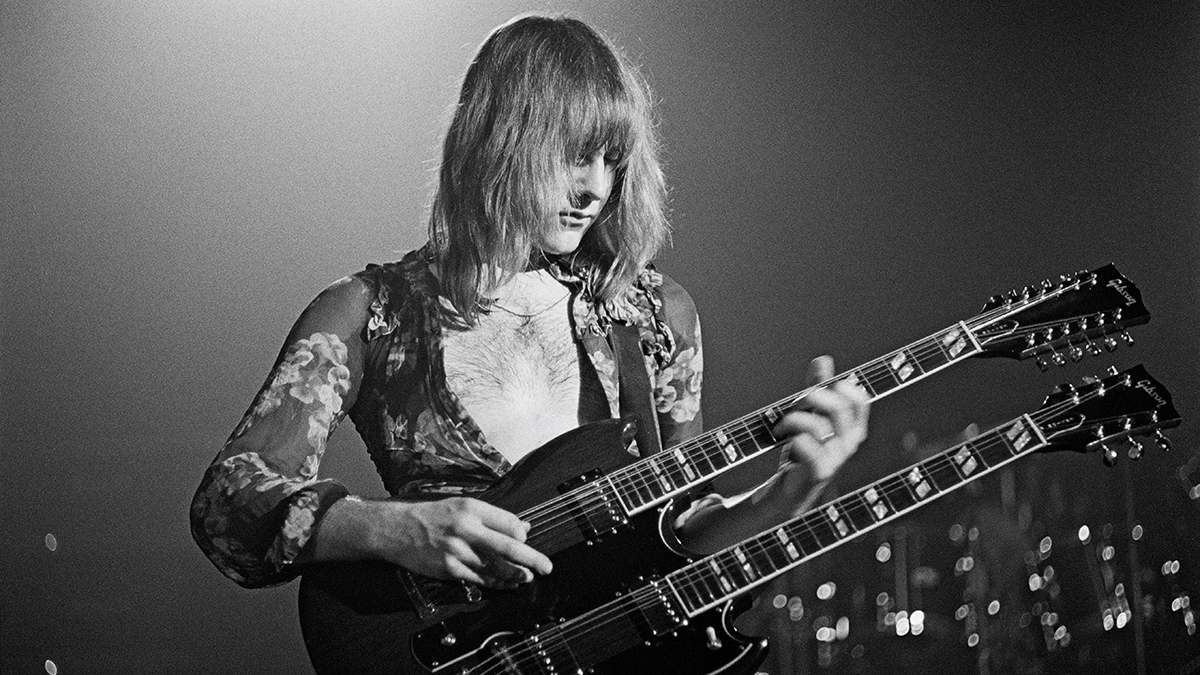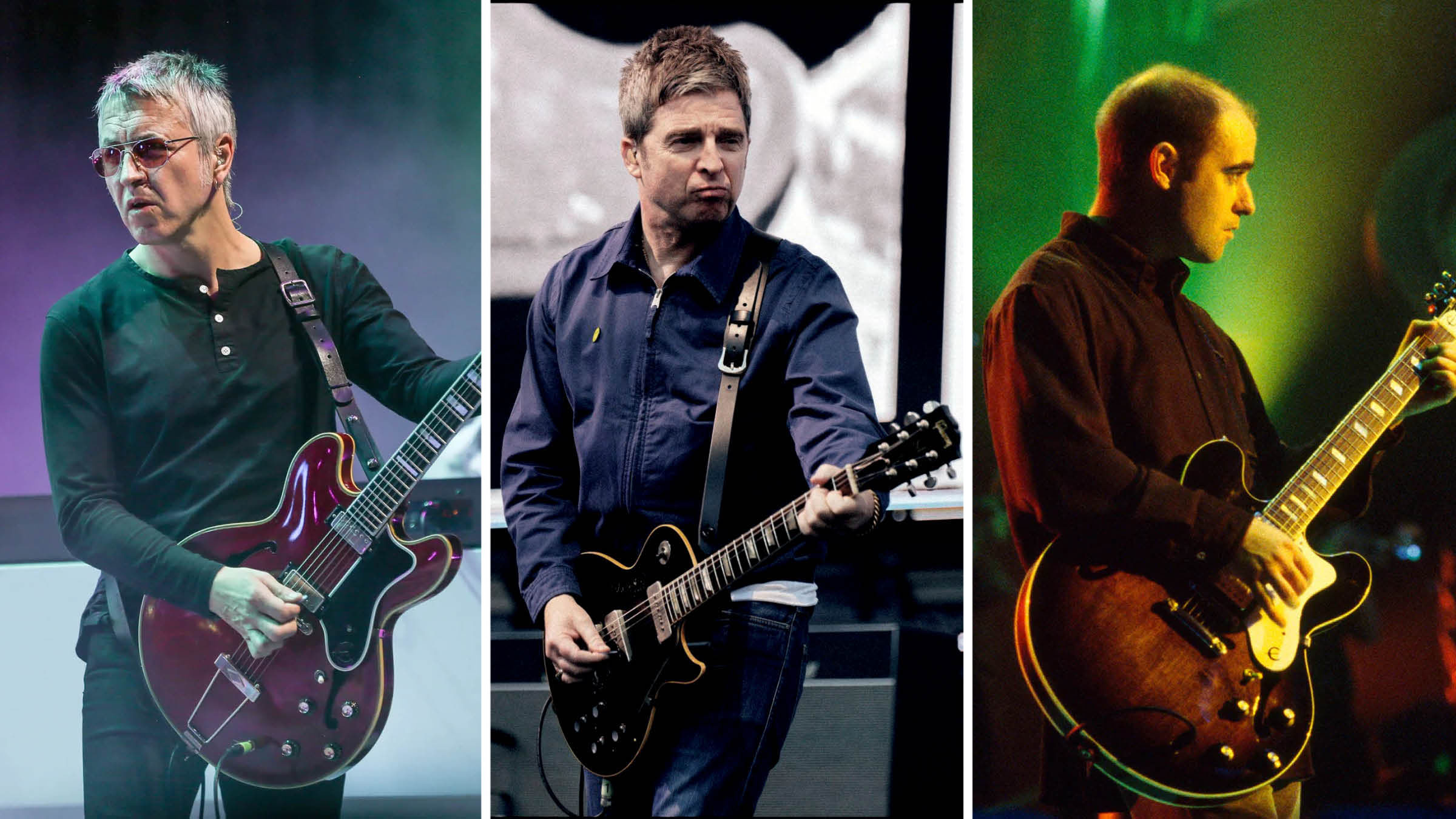“There was so much negative feeling from the record company, and our management was worried, we came back full force. There was a lot of passion and anger on that record”: Alex Lifeson on the story behind Rush's longest song
The band’s 1976 record 2112 – which followed the critically panned Caress of Steel – ended up become one of Rush’s most famed albums

Rush's 2112 came amid an uncertain time for the band, as disappointing sales for its predecessor, 1975's Caress of Steel, and less-than-ideal critical reception led to a period of financial hardship – plus their international label, Mercury Records, was teetering on dropping them.
As Alex Lifeson dissected 11 key tracks from the Rush repertoire in Guitar World's November 1996 issue, the guitarist looked back on 2112 – and reflected on how stress, strain, and apprehension forged what was to become one of the band's most seminal albums.
“We started writing that song on the road,” he said, referring to the 20-minute song that kickstarts the album. “We wrote on the road quite often in those days. The Fountain of Lamneth, on Caress of Steel, was really our first full concept song, and 2112 was an extension of that.
“That was a tough period for Rush because Caress of Steel didn’t do that well commercially, even though we were really happy with it,” he admitted. “We wanted to develop that style.

“Because there was so much negative feeling from the record company, and our management was worried, we came back full force with 2112. There was a lot of passion and anger on that record. It was about one person standing up against everybody else.”
As for the gear that he used at the time, Lifeson's no-faff approach lent itself well to the song and overall tone. “I used the ES-335 again, and a Strat, which I borrowed for the session. I couldn’t afford one at the time. I used a Marshall 50-watt and the Fender Twin as well.
“I may have had a Hiwatt in the studio at that time, too, but I think it came a little later. My effects were a Maestro phase-shifter and a good old Echoplex. There were a limited number of effects available back then. The Echoplex and wah-wah were staples in those days.”
In more Alex Lifeson news, the Rush guitarist recently joined Tom Morello on stage for a surprise guest spot in Toronto, during which they (naturally) jammed a Rush classic in the band's home city.
All the latest guitar news, interviews, lessons, reviews, deals and more, direct to your inbox!
Janelle is a staff writer at GuitarWorld.com. After a long stint in classical music, Janelle discovered the joys of playing guitar in dingy venues at the age of 13 and has never looked back. Janelle has written extensively about the intersection of music and technology, and how this is shaping the future of the music industry. She also had the pleasure of interviewing Dream Wife, K.Flay, Yīn Yīn, and Black Honey, among others. When she's not writing, you'll find her creating layers of delicious audio lasagna with her art-rock/psych-punk band ĠENN.
You must confirm your public display name before commenting
Please logout and then login again, you will then be prompted to enter your display name.

